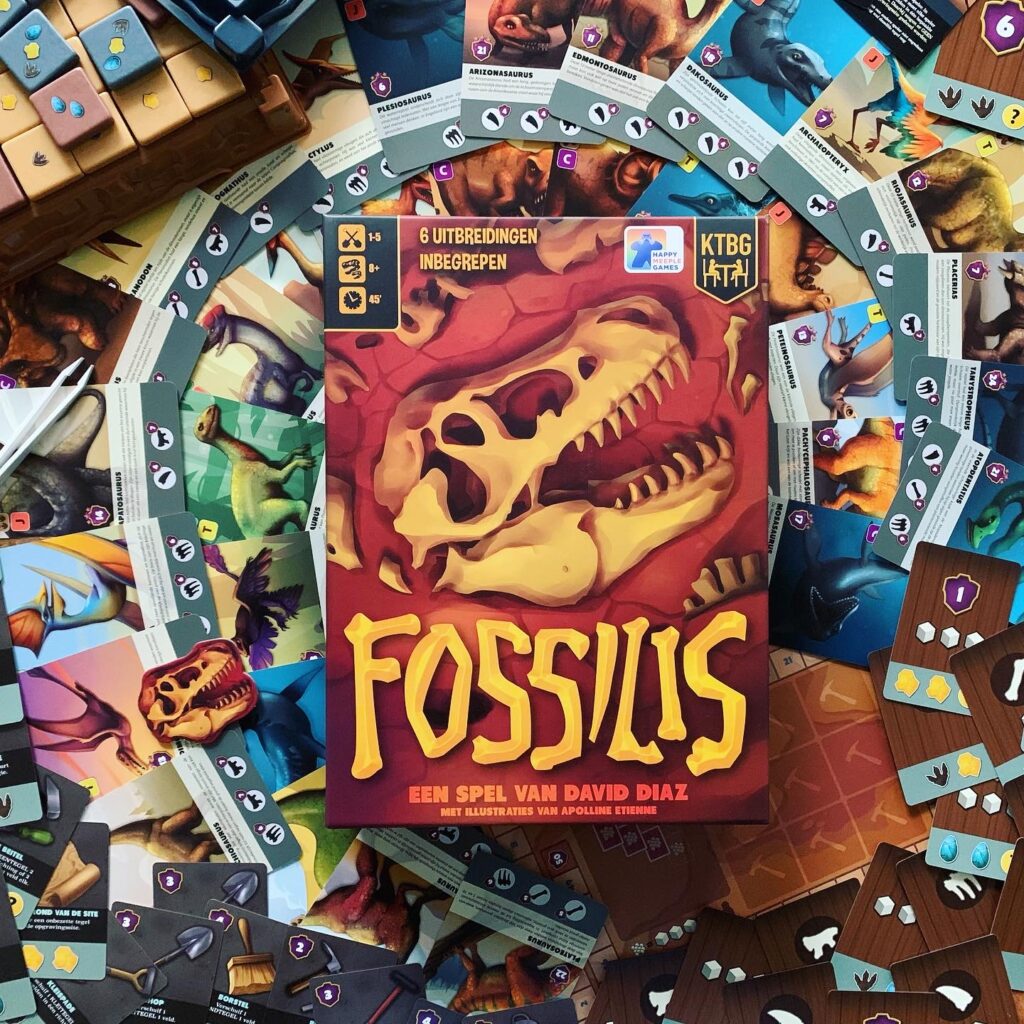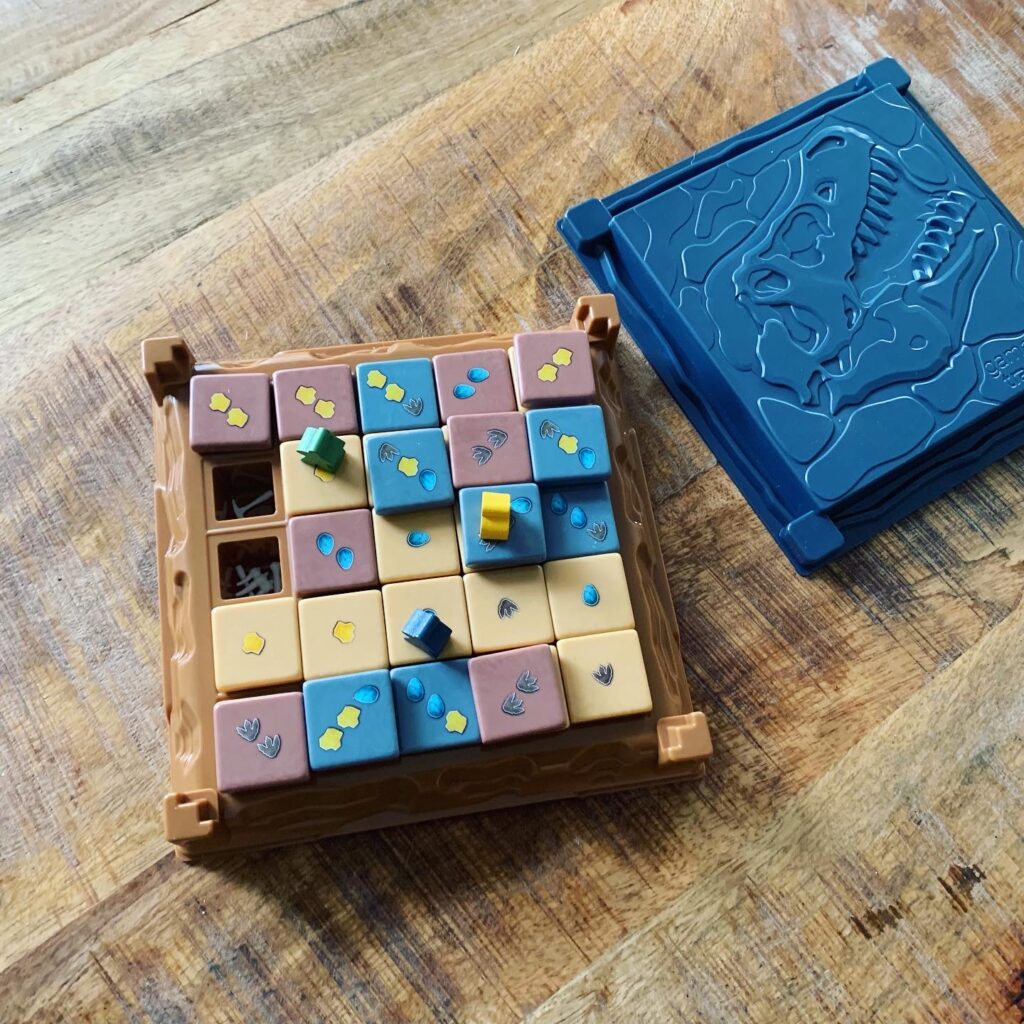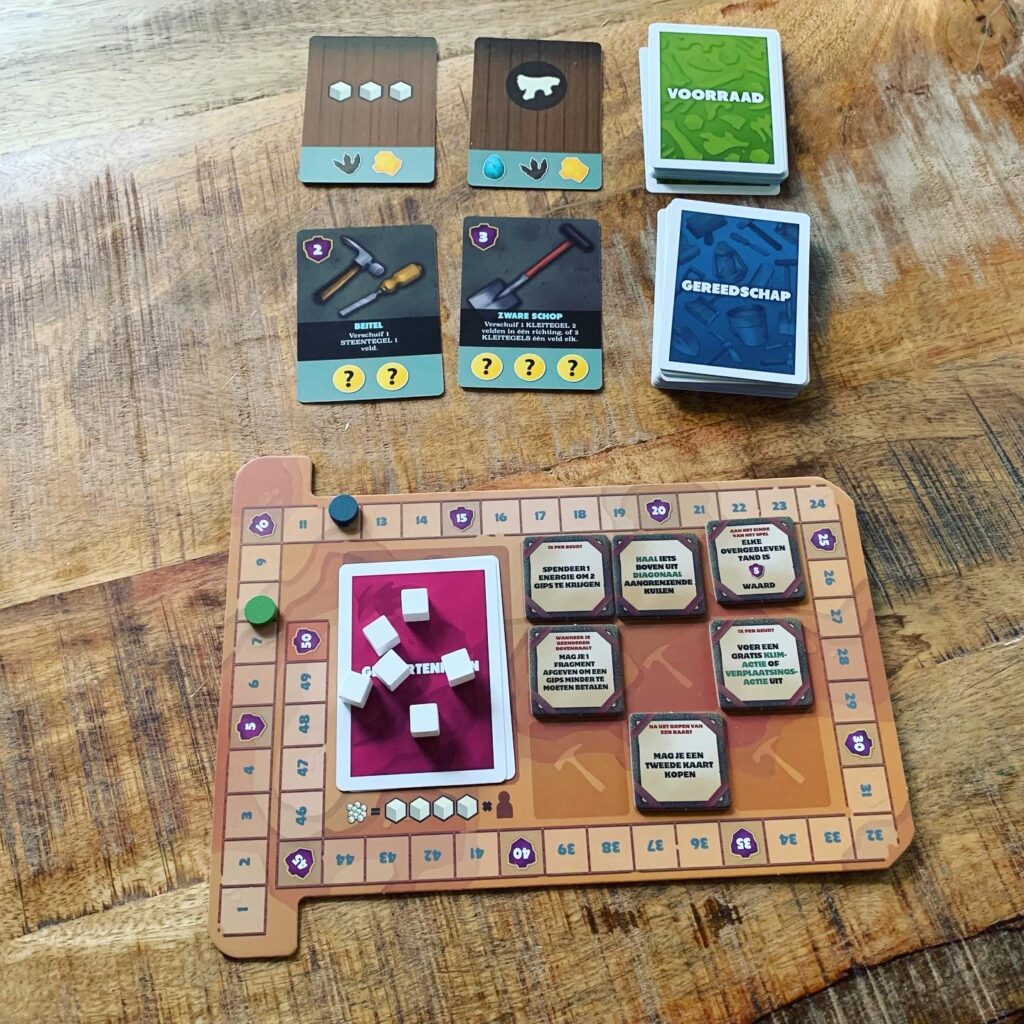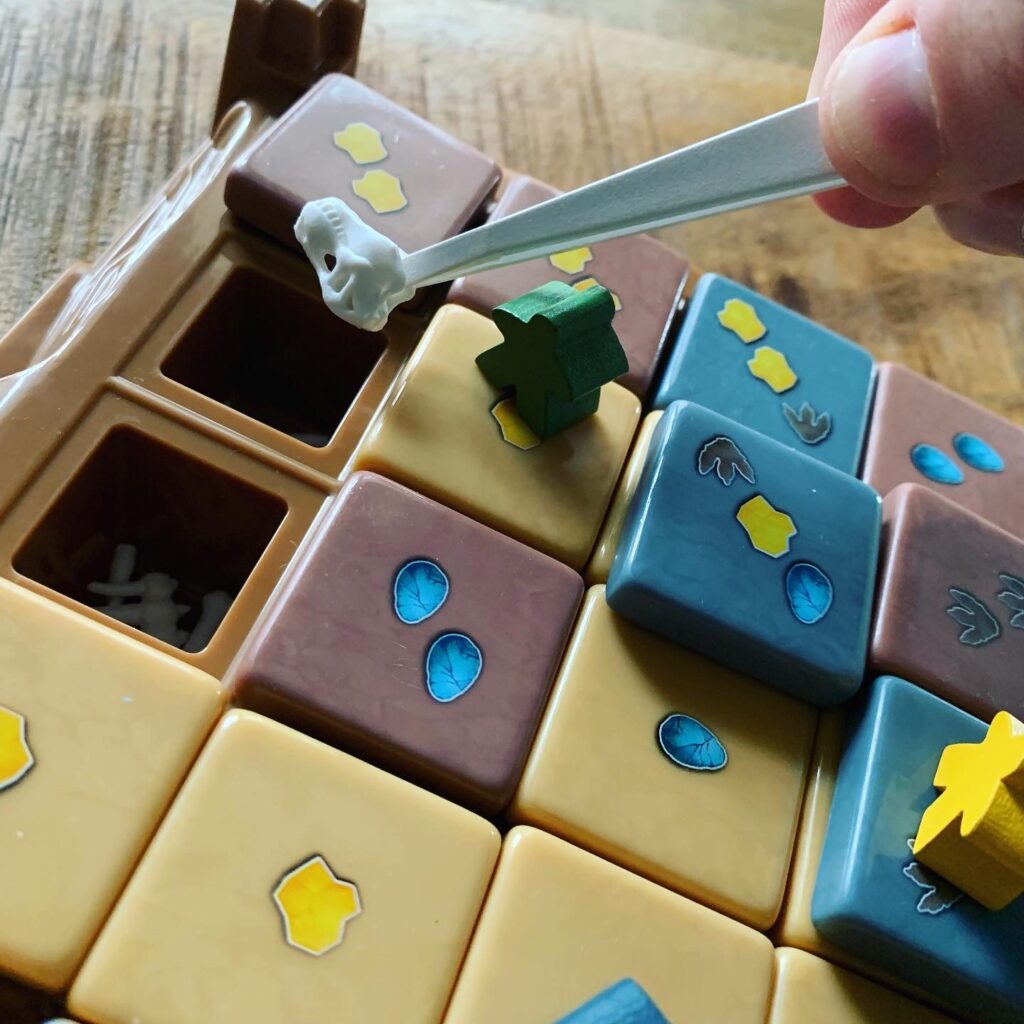Ah the dinosaurs. Way before humans treaded all over and polluted the earth with their ginormous carbon footprint, these big turkeys once walked our earth’s soil as the most powerful creatures.
“A turkey, huh? OK, try to imagine yourself in the Cretaceous Period. You get your first look at this “six foot turkey” as you enter a clearing. He moves like a bird, lightly, bobbing his head. And you keep still because you think that maybe his visual acuity is based on movement like T-Rex – he’ll lose you if you don’t move. But no, not Velociraptor. You stare at him, and he just stares right back. And that’s when the attack comes. Not from the front, but from the side, from the other two raptors you didn’t even know were there. Because Velociraptor’s a pack hunter, you see, he uses coordinated attack patterns and he is out in force today. And he slashes at you with this… A six-inch retractable claw, like a razor, on the the middle toe. He doesn’t bother to bite your jugular like a lion, say… no no. He slashes at you here, or here… Or maybe across the belly, spilling your intestines. The point is, you are alive when they start to eat you. So you know, try to show a little respect.”
Dr. Alan Grant
Okay, sorry Dr. Alan Grant, better known for the hit movie Jurassic Park which I have never made references to before in reviews of other game with dino’s, you are right. Dino’s are cool and deserve our respect. Therefore, we should honor these mighty creatures. Not by building an amusement park or by breeding them and selling them as military commodities: no. We should honor the dinosaurs by examining them top to bottom, digging up these bones as archaeologists, restoring them to their former glory and exhibiting them in a museum. That’s exactly what we’ll be doing in Fossilis, a new game with fantastic production value. “That belongs in a museum!”

Goal
When the dinosaurs died from climate change caused by a meteorite impact (common theory) they scattered bones around the world as a kind of advanced scavenger hunt. By putting these pieces together like a puzzle we were able to reconstruct what the dinosaurs looked like. Later, we also discovered that many dino’s, such as the raptors Dr. Alan Gran confronted in Jurassic Park, had feathers and did look like turkeys (gheghe). In Fossilis, players get to work as real fake archaeologists during an excavation of dinobones. We all set out to discover lost treasures and fossils. During a turn, players can collect plaster, “dig up” blocks (sand, clay or stone and possibly treasures) and bones. Players do all this in a fairly condensed playing time, making Fossilis a race against the other players for the most points as well as a race against the clock. Unlike real researchers, you don’t have an eternity to dig up these ancient creatures. The player who manages to get the most points (claimed dino cards, objects or excavated bones) wins the game!

Game set-up and course of play
Players set up a large 3D bin with solid tiles (representing sand, clay and stone) at the beginning of the game. Under those tiles, all small plastic bones and hammers are hidden in different compartments. Before setting up the game, all these bones are placed in the bin and the bin is shaken to randomly distribute the bones among all the boxes of the bin. The tiles are placed and a number of cards (dinos, tools, and supplies) are turned face up in a sort of market. A game board is prepared (which, by the way, is also ingeniously used during the preparation of the tiles) and action tiles, events and the supply of plaster are placed on it.
The game distinguishes itself greatly by the high degree of interaction with the 3D box and the tiles. Indeed, it is a very “hands-on” game. During a turn, a player has a number of action points. These action points a player can use to move his/her archaeologist across the tiles, shift tiles across the bin (tiles that fall off the bin, the player may appropriate to use to buy tool cards and supply cards for extra bonuses, bones and plaster) and dig up bones. After some tiles are moved, holes appear in the bin. Players can find bones and lost hammers in these holes. Bones they can dig up by paying the required amount of plaster, and then they can use the acquired bones to claim dino cards by turning in the correct (amount of) bones. By claiming dinos, players can accumulate many points during the game. With excavated hammers, players can appropriate action tiles from the game board to apply a benefits and effects during the game. Also, as an action, players can also take plaster from the supply. This supply is limited and after the supply is empty, an event takes place that has an impact on the course of the game. After the plaster supply is emptied and the event is resolved, the supply of plaster is replenished. The replenishment of the gypsum stock occurs just until all event cards and another additional round with a new plaster stock have been settled and then the game is over and all points are added up.

Verdict
Fossilis is a delightful family game with a deeper strategic layer. I find the interaction with the 3D bin very entertaining. It is very enjoyable to slide the tiles of the bin and to dig up bones with the tweezers. It doesn’t have an essential impact on the gameplay, but it does greatly increase the enjoyment of the game. The shape of the game suggests that there is an element of dexterity, partly due to the tweezers, but that is not the case. Perhaps nice for a future variant? The game is well constructed, it plays quickly and despite a number of small rules it is easy to explain. There is enough variation because of the large number of cards, events, action tiles and the fact that the game has a relatively short playing time. Partly because of the short playing time it is tactical and surprising. During a single game you will not see many cards pass by. I also like the interaction between players regarding the duration of the game: players have a lot of control over the pace of the game. The game ends based on the amount of plaster in the supply. Since players need plaster to dig up bones, players can choose to collect a lot of plaster from the supply in order to make other players end up plastered.
A fun game of prehistoric proportions!




